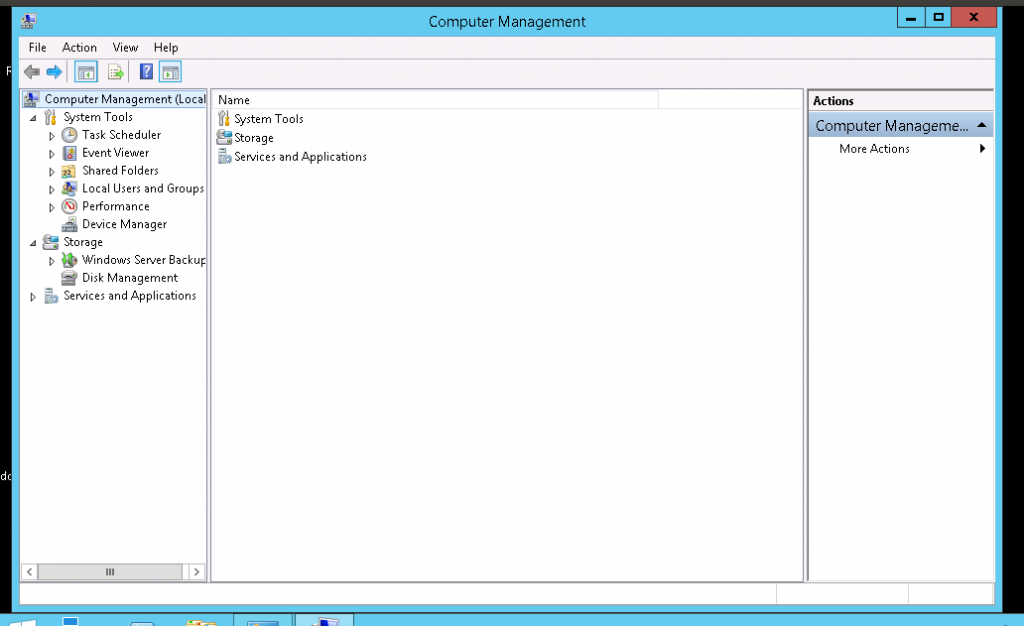

#Centos mysql delete user update#
To have a peek at a user’s current permissions, execute: MariaDB > SHOW GRANTS FOR the output below, we can see that the INSERT permission has been expunged from the ‘ tecmint’ user leaving only SELECT and UPDATE rights on the testdb database. MariaDB > REVOKE INSERT ON testdb.* FROM > FLUSH PRIVILEGES To revoke permissions from a user, use the syntax: MariaDB > REVOKE permission_type ON database_name.table_name FROM example, to revoke INSERT permissions from the user ‘ tecmint’, run the command. MariaDB > GRANT INSERT, UPDATE ON testdb.* TO ' Multiple Permissions to Database How to Revoke MySQL Permissions MariaDB > FLUSH PRIVILEGES Īssign Select Permissions to User on DatabaseĪdditionally, you can assign multiple permissions at a go by separating them with a comma as shown. MariaDB > GRANT SELECT ON testdb.* TO flush privileges for the changes to take effect. To grant a specific user permission, use the syntax: MariaDB > GRANT permission_type ON database_name.table_name TO you can assign permissions to all the tables in a database with a single asterisk symbol as shown: MariaDB > GRANT permission_type ON database_name.* TO example, to assign SELECT permissions to ‘ tecmint‘ user on all tables of the database testdb, run the command. GRANT OPTION – Users can grant or remove the privileges of other users.UPDATE – Allows users to updates the rows in a table.SELECT – with ‘SELECT’ permission, users are able to read the contents of a table.

DELETE – Allows users to delete rows from tables.INSERT – Allows users to insert rows in tables.DROP – Enables users to delete databases or users.CREATE – Allows users to create new databases or tables.
#Centos mysql delete user full#
ALL PRIVILEGES – As previously seen, this grants a MySQL user full access to a specific database.Here’s a breakdown of the possible permissions that you can grant users: When you are done assigning permissions to the user, reload all the privileges as shown for the changes to take effect. We will proceed further and discuss how to assign specific permissions in the next section. Just think of what might happen if a hacker got hold of the user’s password. While this is handy in explaining MySQL concepts, it’s generally not recommended as it could pose a security risk to your databases. So far, we have granted the user full access to the database. It grants the user all the rights on the database – read, write, edit, and execute including performing all the tasks across other databases and tables as well. * TO ' the command above, the asterisks point to the database and the table respectively that the user can access. To grant the user full access to all the databases, including the tables, run. As a matter of fact, the user cannot even access the MySQL shell.

Thus far, the tecmint user does not have any permissions to interact with the databases. Basically, localhost is used by the mysql client to establish a connection to the locally installed MySQL database server. The keyword ‘ localhost‘ translates to ‘ this computer‘ and MySQL treats it uniquely. When adding a user locally i.e., on the system that you have installed MySQL, the user’s host is specified as localhost, and not the IP address. For example, to create a new user called ‘ tecmint’ within the database, invoke the command: MariaDB > CREATE USER ' IDENTIFIED BY ' QkYKmw$5tec'


 0 kommentar(er)
0 kommentar(er)
